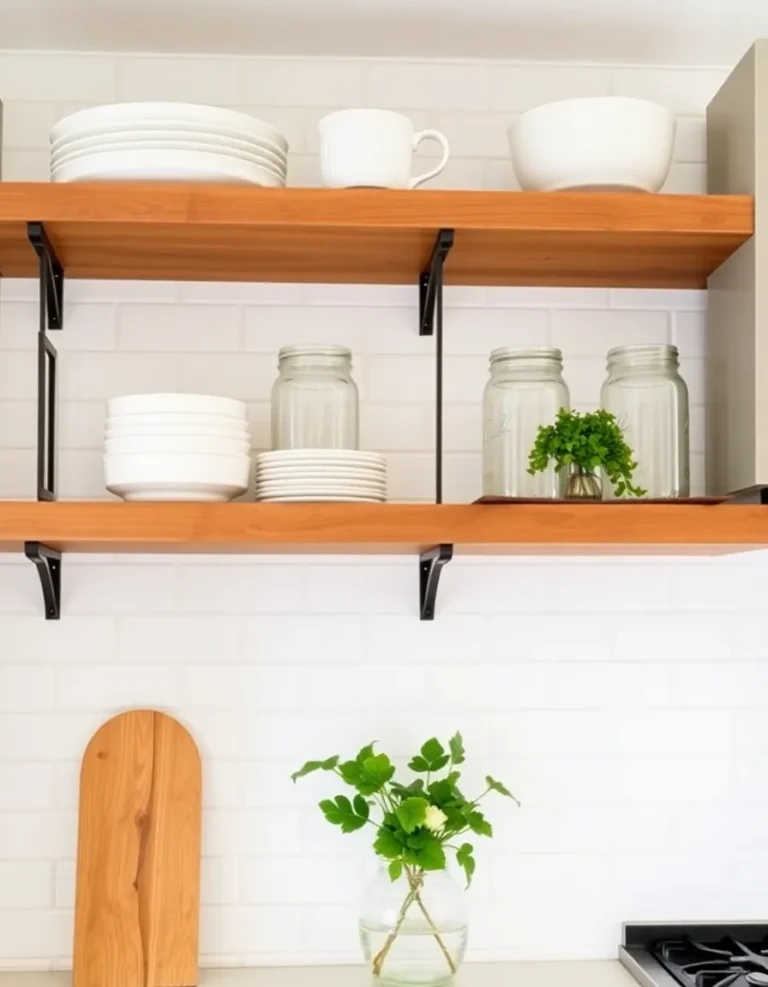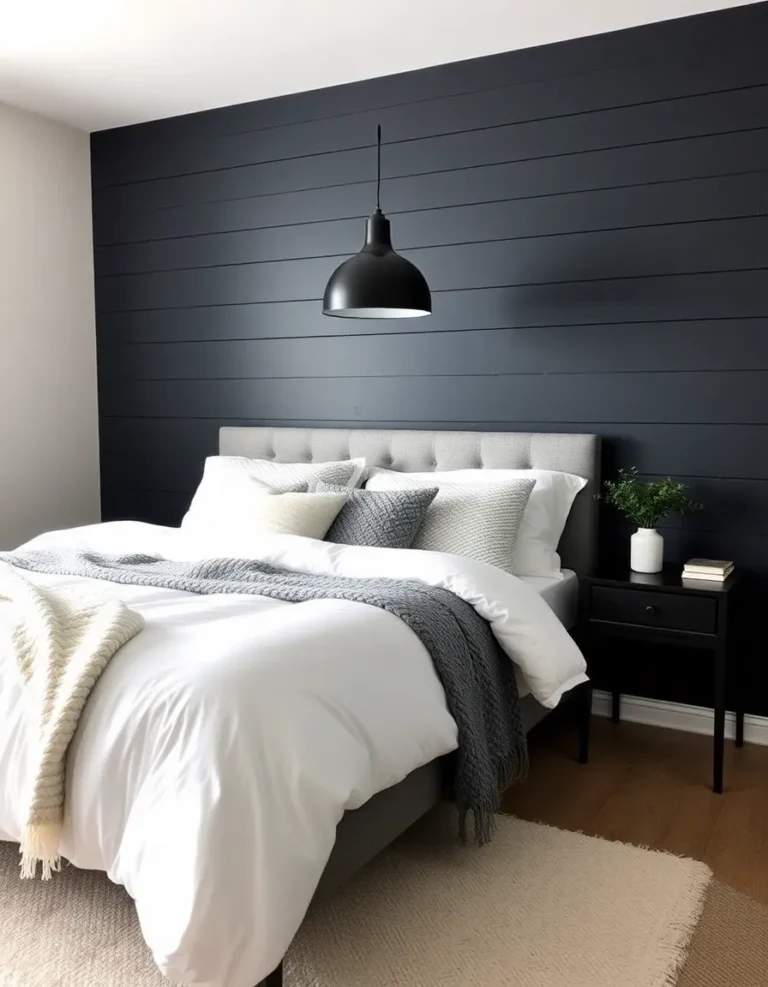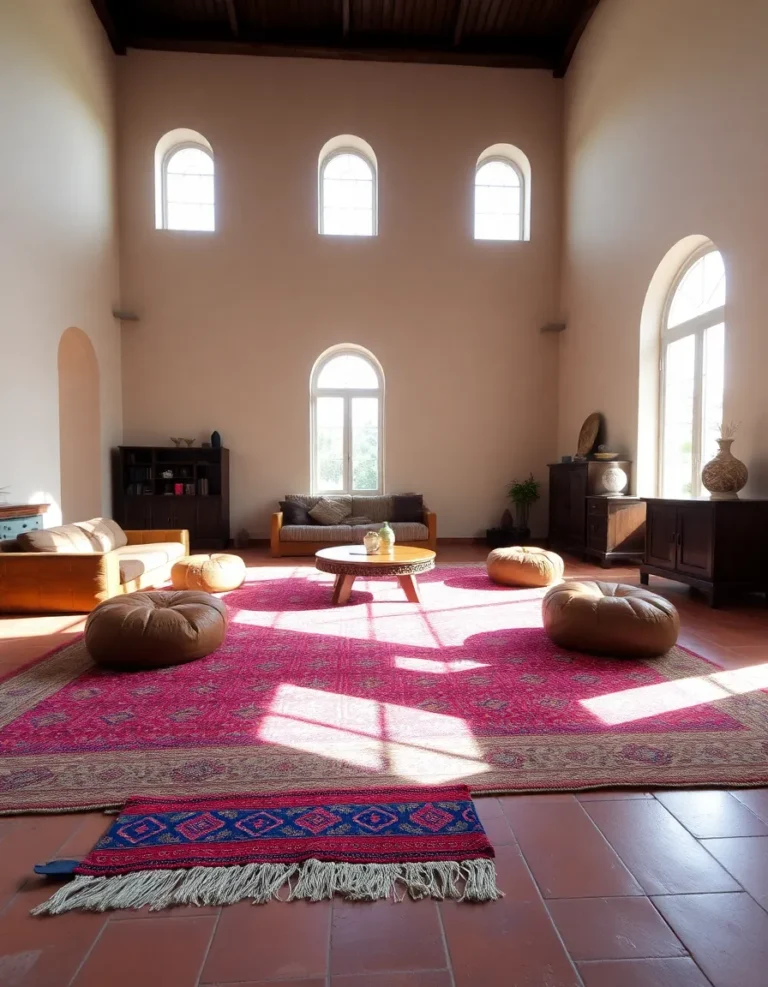Defining Design Elements of the 1970s (Shag Carpets, Sunken Living Rooms)
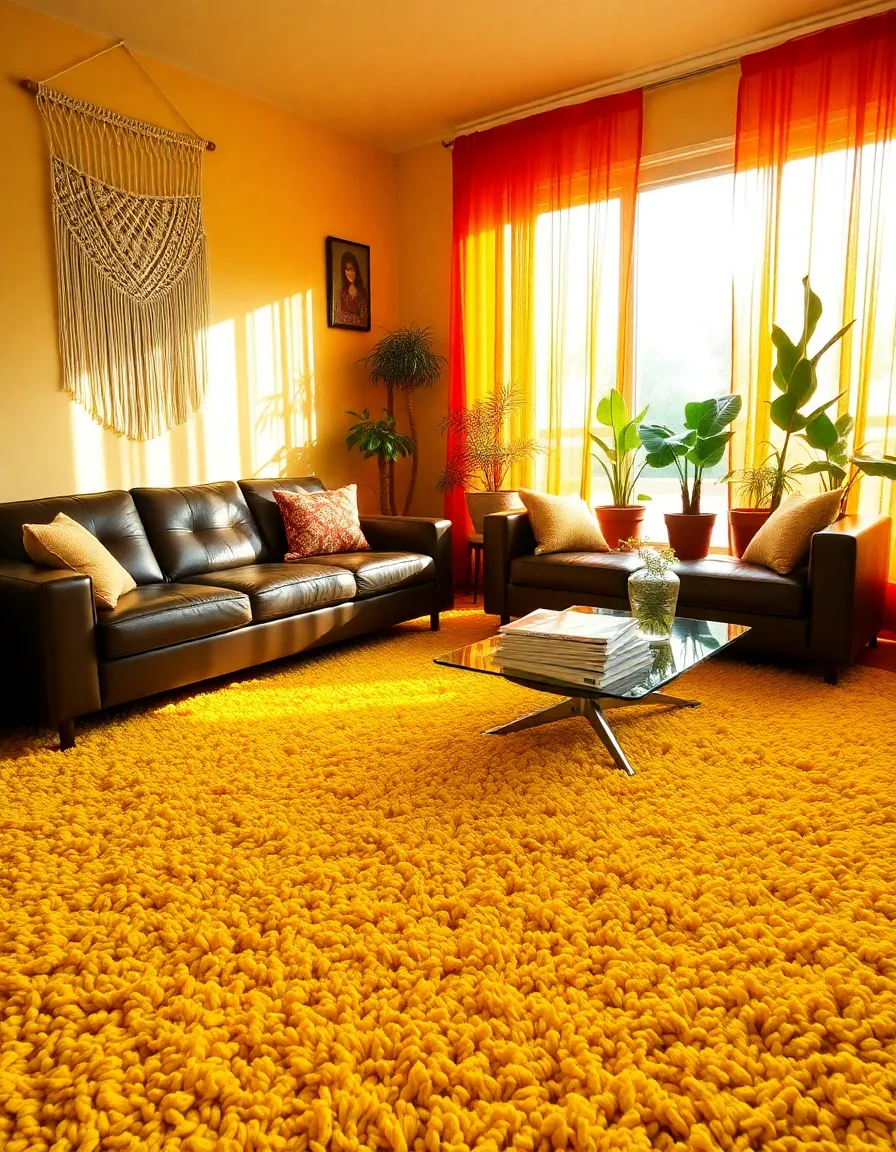
Ah, the 1970s—a decade that gave us disco, bell-bottoms, and some of the most unforgettable (and sometimes questionable) design choices in history. If you’ve ever found yourself staring at an old family photo and wondering, “Why did anyone think shag carpets were a good idea?”—you’re not alone. But love ‘em or hate ‘em, the ‘70s left a bold, unapologetic mark on interior design that still sparks nostalgia (and maybe a little cringe) today.
Let’s take a groovy trip down memory lane and explore the defining design elements of the 1970s. From the plush depths of shag carpets to the dramatic flair of sunken living rooms, we’ll break down why these trends took off and whether they deserve a comeback. Spoiler alert: some might just surprise you. So, grab your lava lamp and let’s dive in—just watch your step on that sunken floor.
1. Shag Carpets: The Fluffier, the Better
If there’s one thing the ‘70s did with absolute commitment, it was shag carpets. These thick, textured rugs weren’t just floor coverings—they were a lifestyle. Imagine walking barefoot into a room and sinking your toes into what felt like a cloud of synthetic fibers. Bliss? Maybe. A nightmare to clean? Absolutely.
Shag carpets came in every color imaginable, from earthy browns to eye-searing oranges and avocado greens. The longer the pile, the better—because who doesn’t want to lose small pets or children in their flooring? I once visited my aunt’s house as a kid and spent an embarrassing amount of time “swimming” in her bright yellow shag rug. Worth it.
But here’s the thing: shag carpets weren’t just about aesthetics. They were a rebellion against the sleek, minimalist styles of the ‘60s. The ‘70s were all about texture, warmth, and—let’s be honest—a little bit of chaos. And hey, if you’ve ever stepped on a Lego, you’ll appreciate how a plush shag rug could soften life’s little tragedies.
Pro tip: If you’re tempted to bring shag back, opt for a low-pile version. Your vacuum cleaner will thank you.
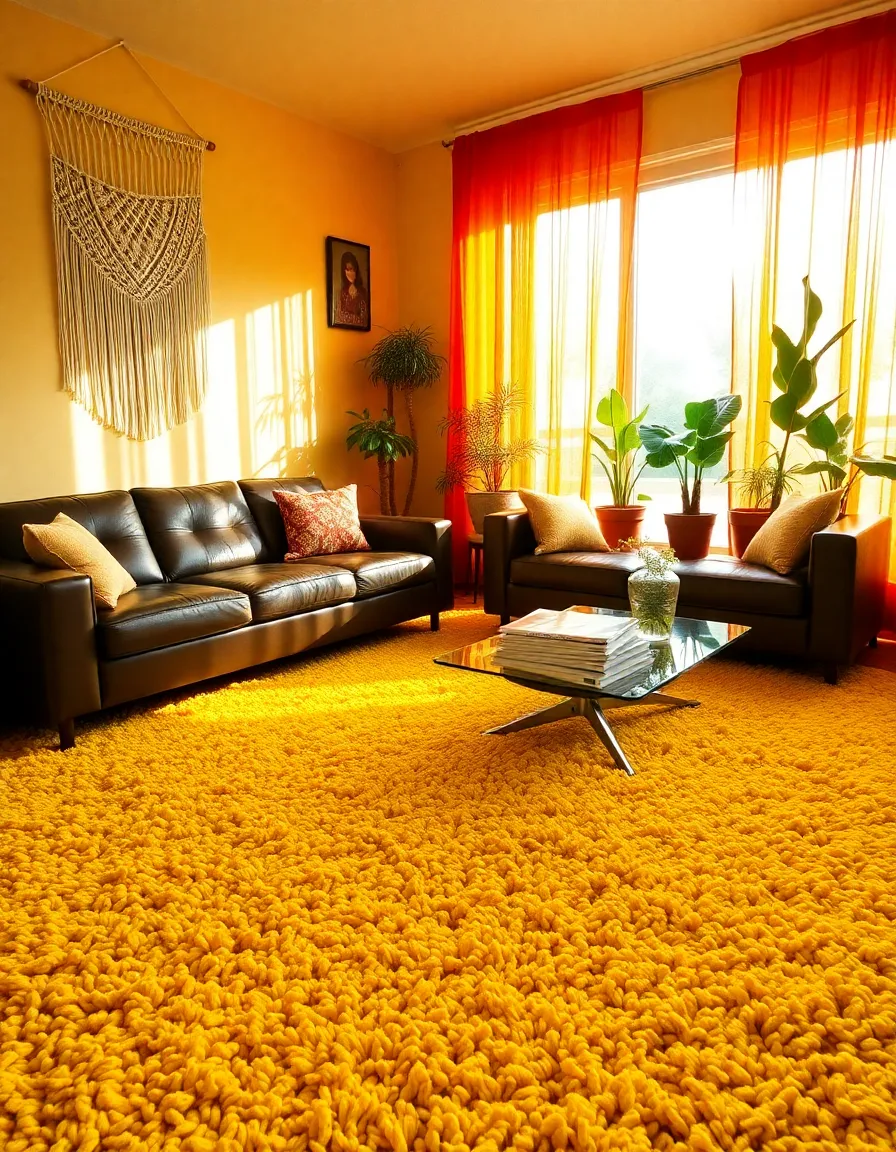
2. Sunken Living Rooms: Because Flat Floors Are Overrated
Nothing says “I’m a fancy host” like making your guests navigate a mini staircase just to sit on your couch. Sunken living rooms—or “conversation pits,” as they were sometimes called—were the ultimate flex in ‘70s interior design. The idea was simple: lower the seating area a few steps below the rest of the house to create an intimate, cozy vibe. And honestly? It worked.
Picture this: a sunken lounge with a circular sectional sofa, a shag rug (of course), and maybe a fireplace or a record player in the corner. It was like your own private VIP section, minus the overpriced cocktails. My grandparents had one, and I still remember the sheer drama of descending into what felt like a secret hideout. Bonus points if it had built-in lighting—moody ambiance for the win.
But let’s address the elephant in the room: safety. Sunken living rooms were basically tripping hazards disguised as design statements. One wrong step after a few too many martinis, and suddenly you’re the star of a slapstick comedy. Still, there’s something undeniably cool about a space that forces people to slow down and actually, you know, talk to each other. Imagine that.
FYI: If you’re considering a sunken living room today, maybe add a railing. Or at least a warning sign.
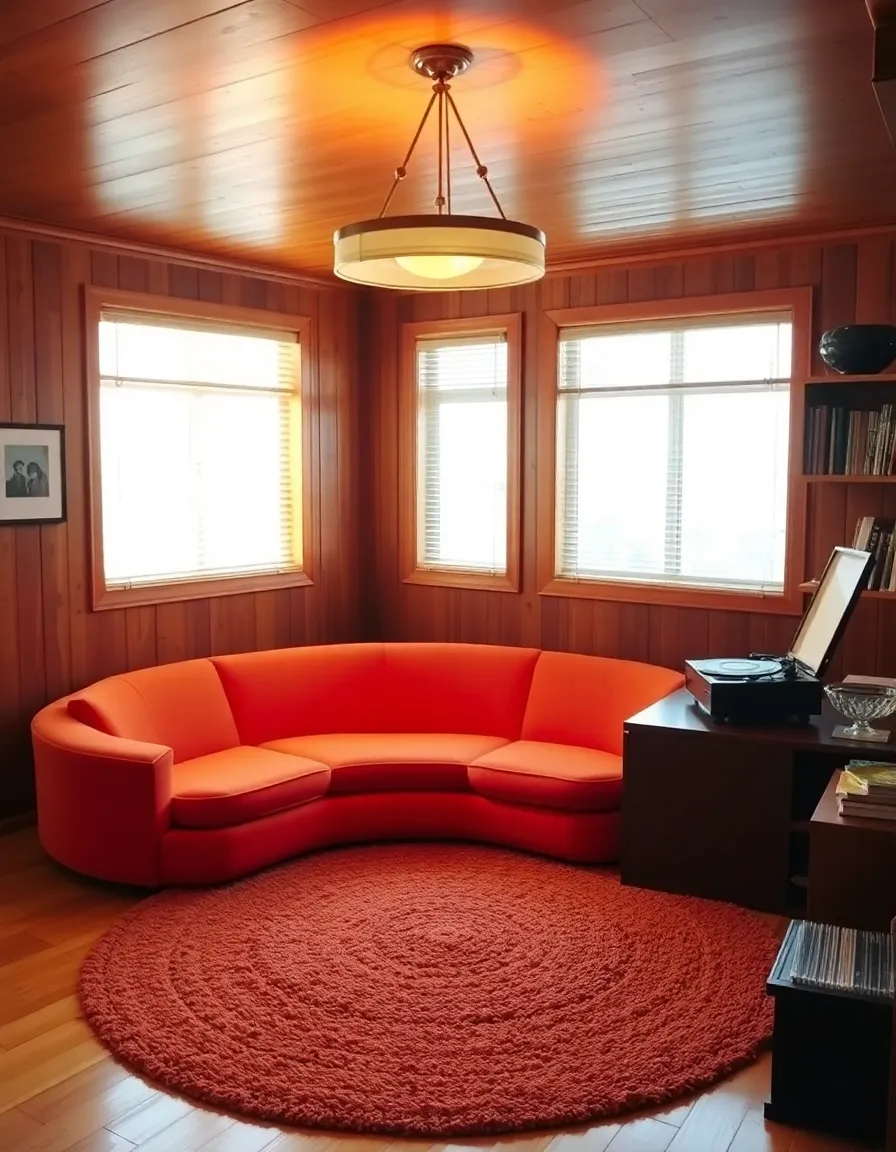
3. Avocado Appliances & Harvest Gold Everything
If the ‘70s had a signature color palette, it was “things that belong in a compost bin.” Avocado green, harvest gold, and burnt orange dominated kitchens and bathrooms like nobody’s business. These earthy tones were a reaction to the bright, plastic-heavy ‘60s, and they gave homes a cozy, “back-to-nature” feel. Or, depending on who you ask, a “my kitchen looks like a bad Instagram filter” feel.
My first apartment in college had an avocado-green fridge that probably hadn’t been replaced since Nixon was in office. At first, I hated it—until I realized it was basically a conversation starter. “Yeah, my fridge is older than my parents. No, I don’t know how to defrost it. Yes, I’ve considered just embracing the ice age.”
But here’s the twist: these colors are making a comeback. IMO, there’s something charming about a retro stove or a mustard-yellow bathroom sink. They add personality in a world of sterile white kitchens. Just maybe don’t go full ‘70s and pair them with wood paneling. Unless you’re into that. No judgment.

4. Macramé & Hanging Plants: The OG Boho Chic
Before “boho chic” was a Pinterest board, it was a ‘70s living room drowning in macramé wall hangings and spider plants. This was the era of handmade everything, and macramé—the art of knotting rope into intricate patterns—was the crown jewel of DIY decor. If your mom or grandma didn’t have at least one macramé owl hanging in the house, did they even live through the ‘70s?
And let’s not forget the plants. Oh, the plants. The ‘70s were all about bringing the outdoors in, which meant every windowsill, shelf, and ceiling hook was overloaded with ferns, ivy, and anything else that could survive neglect. I once killed a cactus, so I have no idea how people kept these jungles alive. Magic? Sheer willpower? Probably both.
Today, macramé and hanging plants are back in a big way, and honestly? Good for them. They add texture, life, and a touch of whimsy to any space. Just maybe skip the macramé owl this time. Some things are better left in the past.
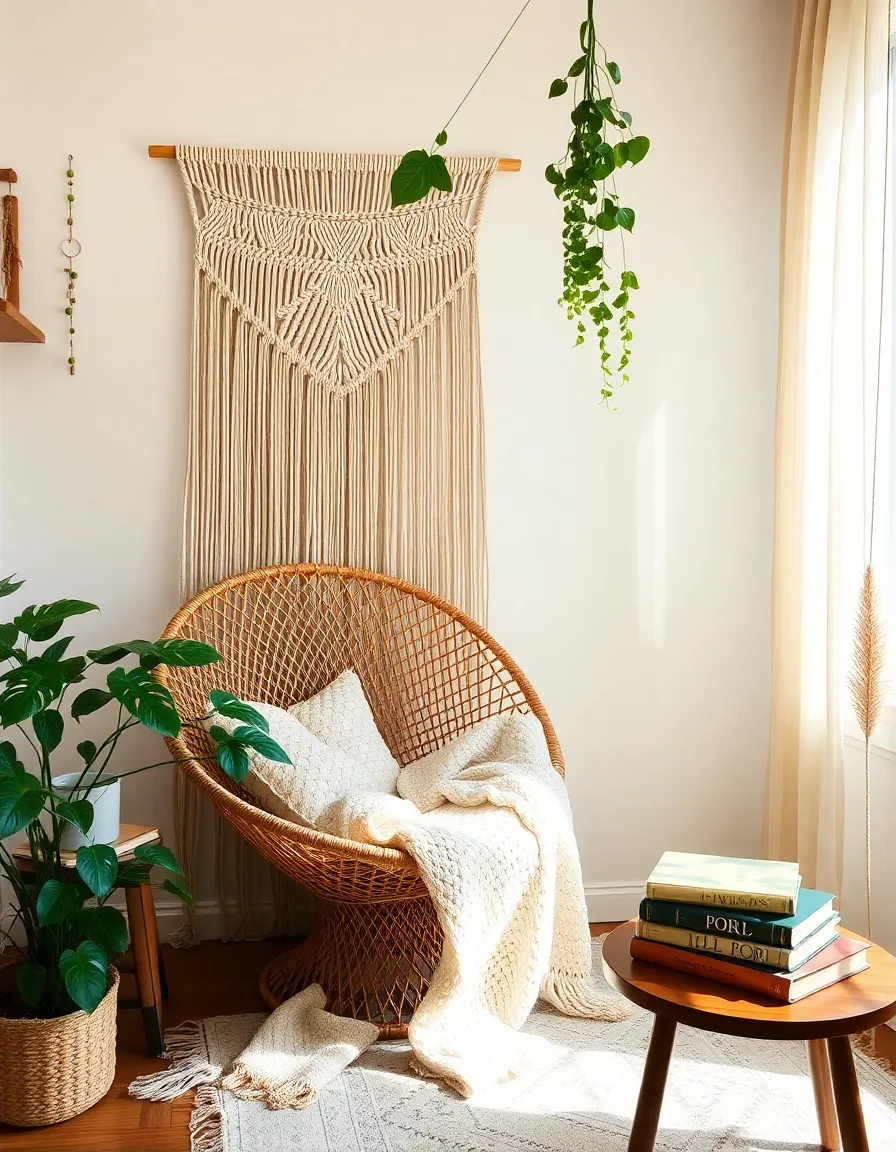
So, there you have it—the defining design elements of the 1970s, complete with all their fluffy, sunken, avocado-colored glory. Whether you’re a die-hard retro enthusiast or just enjoy laughing at the past, there’s no denying the ‘70s left a wild, wonderful mark on design. And who knows? Maybe some of these trends deserve a second chance. (Okay, maybe not the shag carpets. Let’s not get crazy.)
What’s your favorite—or least favorite—‘70s design trend? Drop a comment below, and let’s argue about wood paneling like it’s 1975. Peace, love, and groovy vibes, my friend.

